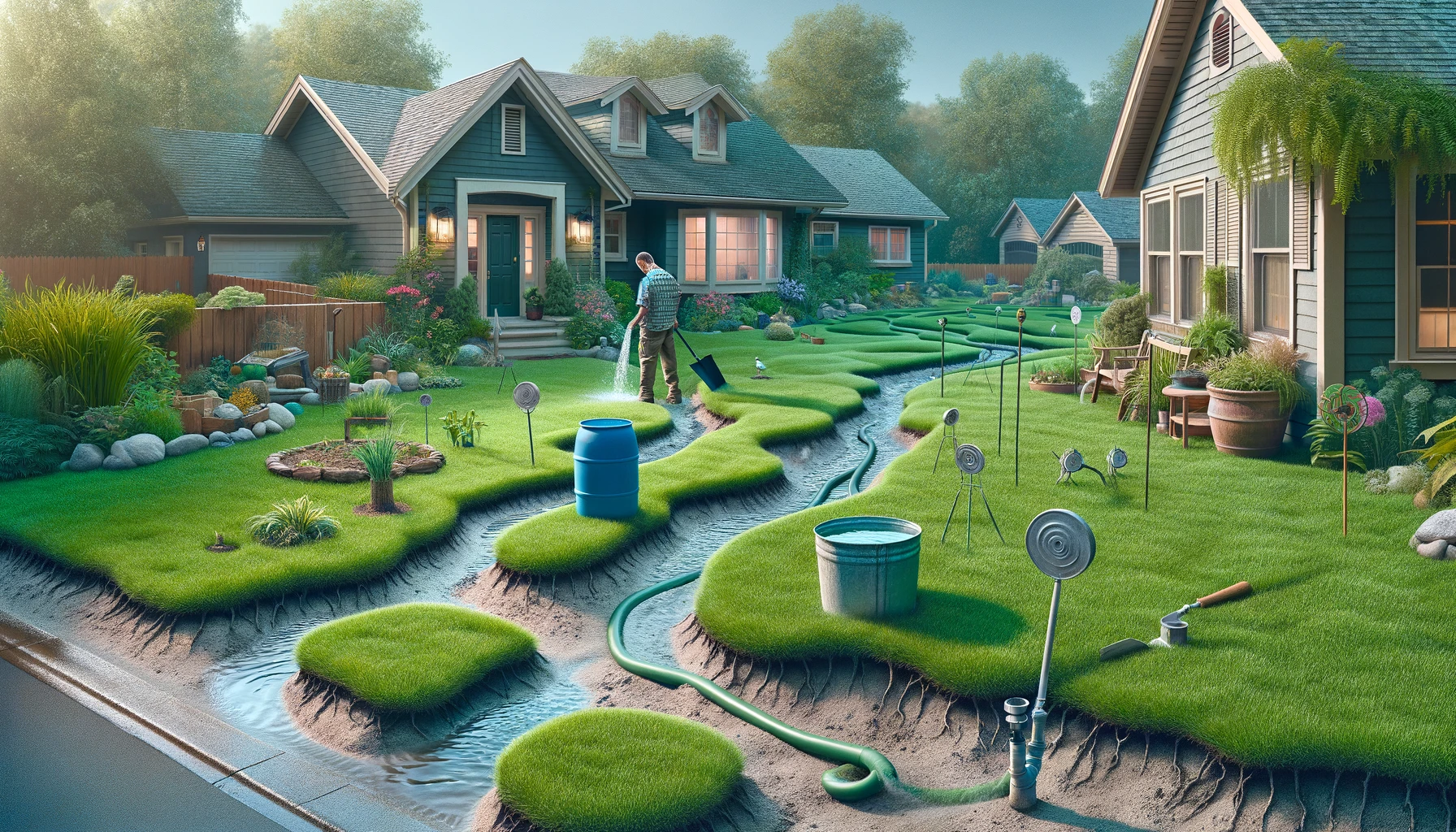Drought-Proof Your Lawn: Water-Saving Techniques
Introduction
In many regions, water conservation is becoming increasingly important due to drought conditions. By implementing water-saving techniques, you can help ensure that your lawn remains healthy and vibrant even during dry spells. Let’s explore some effective strategies for drought-proofing your lawn.
1. Choose Drought-Tolerant Grass
One of the most effective ways to drought-proof your lawn is by choosing grass varieties that are well-suited to dry conditions. Drought-tolerant grasses require less water and can thrive in hot, arid climates.
Key Grass Selection Tips:
- Opt for warm-season grasses: Varieties such as Bermuda grass, Zoysia grass, and Buffalo grass are known for their drought tolerance.
- Consider fine fescue: Fine fescue grasses, including creeping red fescue and Chewing fescue, are well-adapted to dry conditions and require minimal watering.
2. Watering Techniques
Proper watering is essential for maintaining a healthy lawn, especially during droughts. However, it’s important to water efficiently to avoid waste.
Watering Tips:
- Water deeply and infrequently: Deep watering encourages deep root growth, making your lawn more resilient to drought.
- Water early in the morning: Watering during the cooler morning hours reduces evaporation and ensures that the water reaches the roots.
- Use a soaker hose or drip irrigation: These methods deliver water directly to the roots, minimizing waste.
3. Mulching
Mulching is a simple yet effective way to retain soil moisture and reduce the need for frequent watering.
Benefits of Mulching:
- Retains moisture: Mulch helps to retain soil moisture, reducing the frequency of watering.
- Suppresses weeds: A layer of mulch can help prevent weed growth, reducing competition for water.
4. Lawn Maintenance Practices
Proper lawn maintenance is key to drought-proofing your lawn. By following a few simple practices, you can help your lawn withstand dry conditions.
Maintenance Tips:
- Mow high: Set your lawn mower to a higher setting to promote deeper root growth and shade out weeds.
- Leave grass clippings: Allow grass clippings to decompose on the lawn, returning nutrients to the soil and improving moisture retention.
- Aerate the soil: Aerating helps to loosen compacted soil, allowing water to penetrate more deeply.
5. Smart Irrigation Systems
Investing in a smart irrigation system can greatly improve water efficiency in your lawn care routine. These systems use weather data and soil moisture sensors to automatically adjust watering schedules, ensuring your lawn receives the right amount of water at the right time.
Key Benefits of Smart Irrigation Systems:
- Water Efficiency: Smart irrigation systems can reduce water usage by up to 50% by avoiding overwatering.
- Convenience: These systems can be controlled remotely via a smartphone app, allowing you to adjust watering schedules from anywhere.
- Cost Savings: By reducing water usage, smart irrigation systems can lead to lower water bills over time.
- Environmental Impact: Using less water helps conserve this precious resource and reduces the strain on local water supplies.
Conclusion
Drought-proofing your lawn is not only beneficial for water conservation but also for the health and longevity of your lawn. By choosing drought-tolerant grasses, watering efficiently, mulching, and following proper lawn maintenance practices, you can help ensure that your lawn remains green and healthy even during periods of drought. Start implementing these strategies today to create a more water-efficient lawn.

